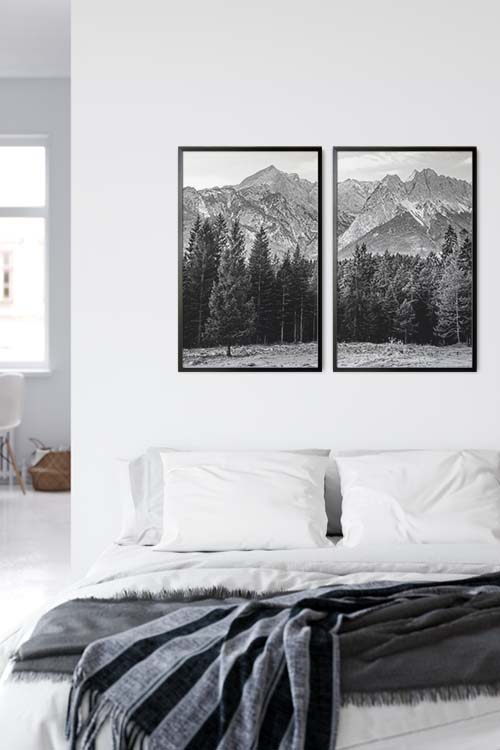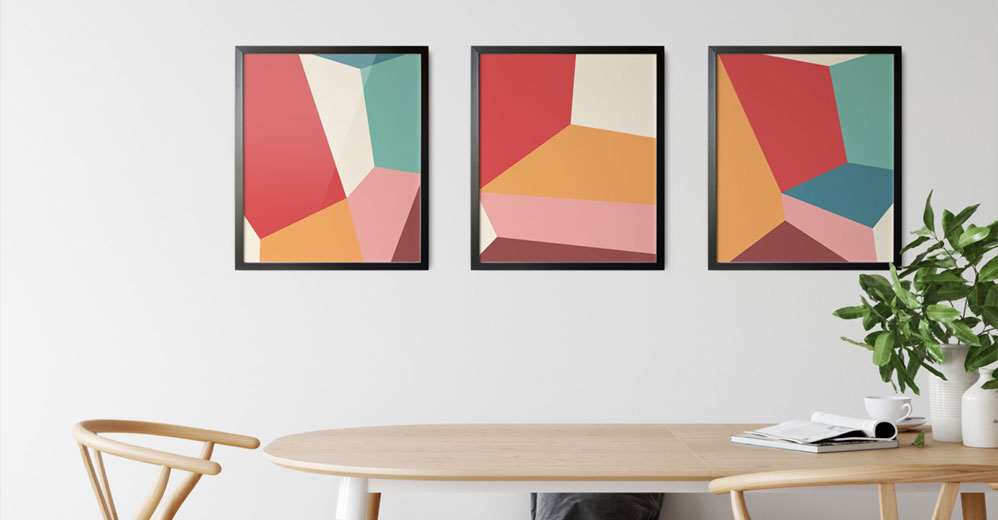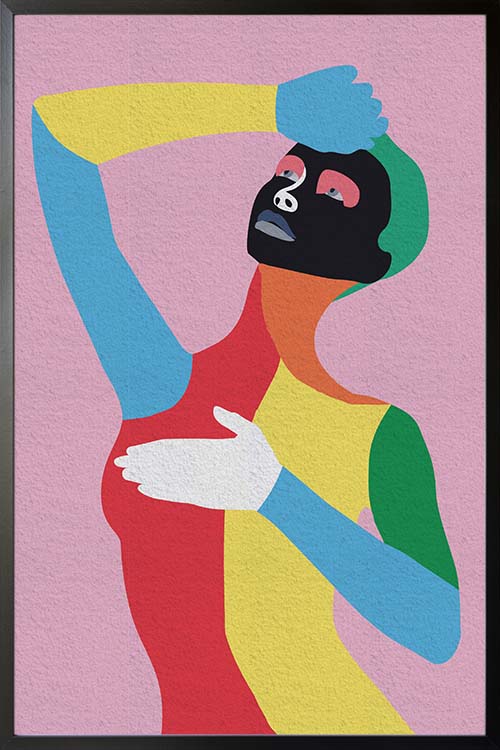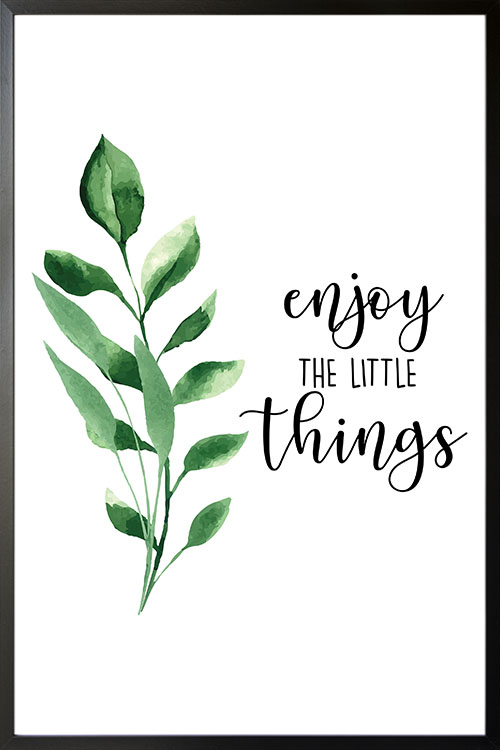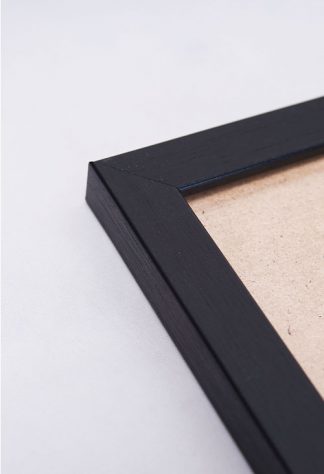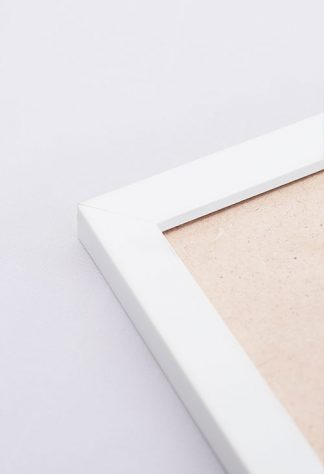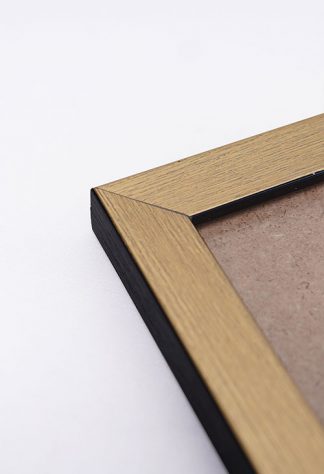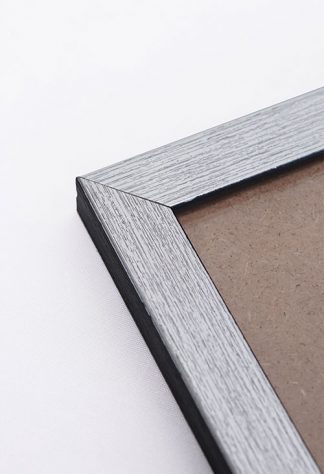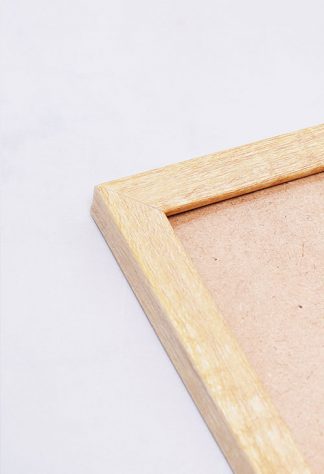Many studies have shown that colors significantly impact the behavior of most individuals. In general, there are two types of colors: warm and cool colors. These have been found to affect mood and behavior. It is just right to learn more about colors and color combinations so you can create a vibrant room environment.
A welcoming home with bright and warm colors
Whenever you decorate your home, you often think about the color scheme to use, especially on the walls. Colors are one of the most important elements in interior decorating. They are known to help set the mood in a room.
Colors are generally divided into warm and cool colors. Warm colors like red, orange, and yellow are known to be comfortable and inviting. They are commonly used in rooms where guests are usually received and where numerous activities are usually done. The living room, for example, is one of the rooms that need warm colors so that they may appear welcoming and cozier.
Decorating the living room with warm colors
The living room is one of the busiest rooms in the house. It is where we receive our guests, do bonding activities with the family, watch television shows, work, study, and relax. Incorporating warm colors can make the living room look more comfortable and relaxing. A perfect place to stay and rest after work or school.
Therefore, it is important to decorate the living room that combines your style and personality. The first thing that comes to mind whenever we talk about a home makeover is the color of the paint to use. Bright and neutral colors are commonly used in the living room. These colors are easy to use as they blend with other decorative elements quickly.
Warm colors in the bedroom
Bedroom walls are often seen in cool colors. Cool colors like blue are known to help promote good sleeping habits. However, experts also believe that the addition of warm and bright colors with more soothing tones will create a room that pops with colors while encouraging relaxation.
The kids’ playroom
The playroom is where all the fun and excitement happens. It is a room where you can share quality time with your little ones for learning and playing. Add colors that can energize and excite their minds. However, be careful with your color choices, as they depend on your child’s personality. For hyperactive kids, adding anything with shades of red is not recommended. Red is known to promote activity, thus increasing heart and respiratory rates.
Decorating with trendy posters
It is also common to see rooms with only posters on the walls. Treat these walls as big canvases on which you can design and display your art. This is a great opportunity to create impressive wall art that can be the focal point of the room.
Numerous designs of posters are available that can add colors to your rooms. Bohemian-inspired prints are perfect for making any room look vibrant. These posters can easily add style and a statement to your rooms. Posters that feature abstract art are likewise great examples of prints that can make any room appear lively.
In artdesign, we have a wide range of poster print collections that can easily help you complete the interior decorating project. The prints are also affordable, so you can still decorate your rooms even if you are tight on the budget.
